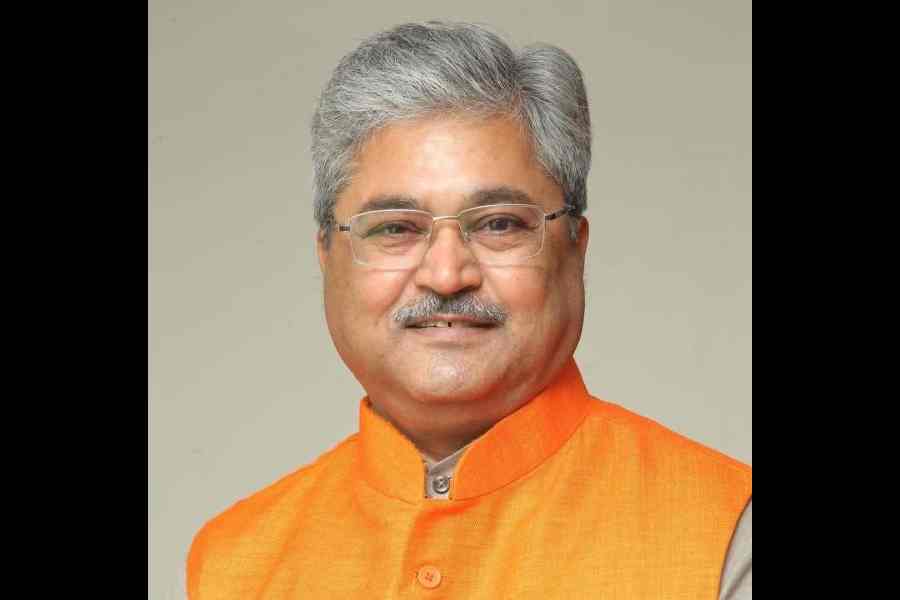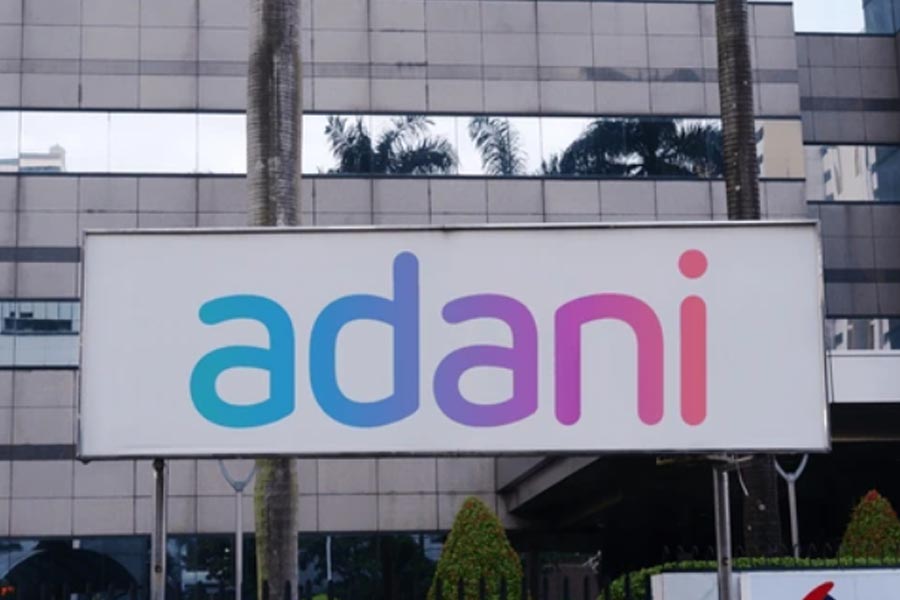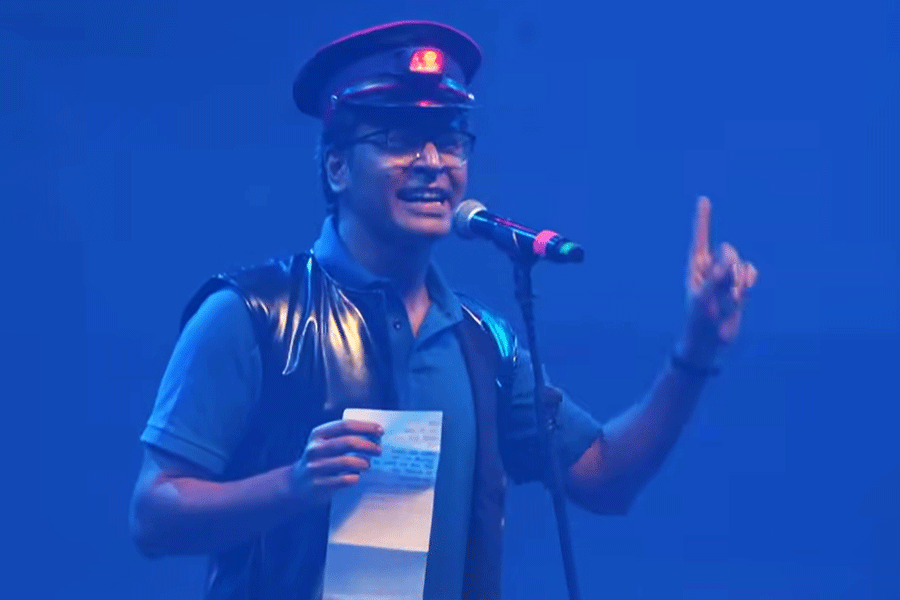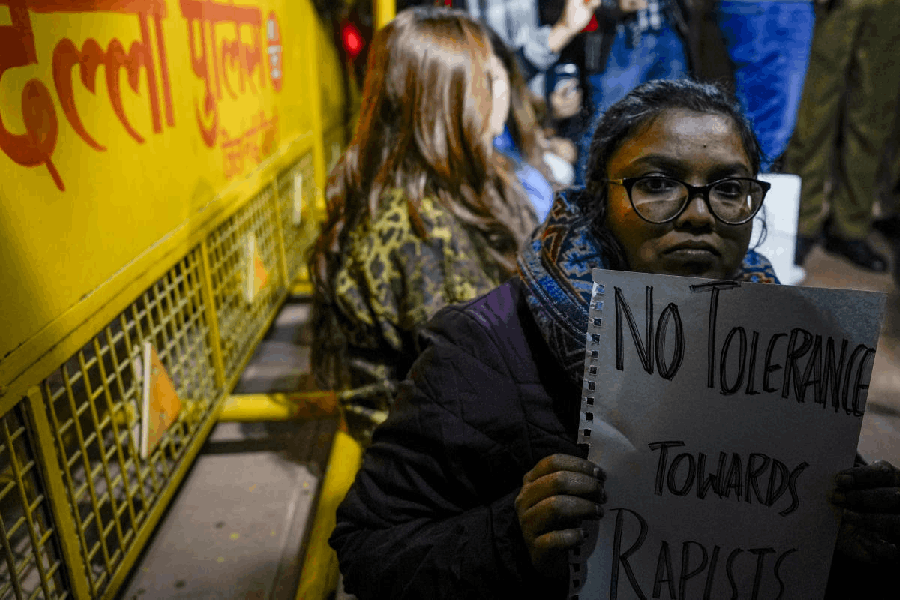Two IndiGo planes averted mid-air collision over the Bengaluru airport just after their take-off on the morning of January 9, senior officials of aviation regulator DGCA said on Wednesday.
The incident was not logged in any logbook and it was not reported by the Airports Authority of India (AAI) either, they said.
Meanwhile, DGCA chief Arun Kumar told PTI that the regulator is investigating the incident "and shall take strictest action against those found delinquent".
IndiGo and the AAI did not respond to PTI's request for a statement on this matter.
Officials of Directorate General of Civil Aviation (DGCA) said that the two IndiGo planes -- 6E455 (Bengaluru to Kolkata) and 6E246 (Bengaluru to Bhubaneswar) -- were involved in 'breach of separation' at Bengaluru airport.
Breach of separation happens when two aircraft cross the minimum mandatory vertical or horizontal distance in an airspace.
Both these aircraft departed from the Bengaluru airport within a span of approximately 5 minutes on the morning of January 9, the officials mentioned.
"Both aircraft after departure were on converging heading i.e. moving towards each other. Approach radar controller gave diverging heading and avoided mid-air collision," one of the officials noted.
Bengaluru airport operates two runways - north and south. On January 7 morning, flights were taking off from the north runway and landing on the south runway, the DGCA's preliminary report said as quoted by ndtv.com.
A shift in-charge of runway operations decided to use a single runway, the north one, for both landings and take-offs, the report said. The south runway was then closed, but it was not told to the south tower controller.
And it adds, The south tower controller allowed the flight going to Bengaluru to take off. At the same time, the north tower controller also gave permission to the flight going to Bhubaneshwar to depart.
The clearances by the south and north tower controllers were given without coordination, the DGCA's preliminary report said. The report indicated a communication gap between air traffic controllers after one of the runways was closed, ndtv.com elaborates.
...had he not been there, fatality assured
Approach radar controller, 42-year-old Lokendra Singh, "gave a diverging heading (to the aircraft) and avoided a mid-air collision," says a preliminary report of the Directorate General of Civil Aviation, or DGCA, accessed by NDTV.
Both jetliners were believed to be at an altitude of 3,000 feet when the incident took place, NDTV adds.
On the morning of January 7, key mistakes were made.
A shift in-charge decided to use a single runway for operations - the North runway for both arrival and departure. "The South runway was closed but this was not communicated to the South tower controller," the DGCA said in its preliminary report. In the meanwhile, the air traffic controller handling operations of the South runway "gave departure to 6E 455 and at the same time North tower controller gave departure to 6E 246 without coordination."
Evasive manoeuvres were carried out when both Airbus jets "were on a converging heading, i.e moving towards each other.
The DGCA preliminary investigation has noted that the mid-air scare was not recorded in the logbooks of the air traffic controllers and had not been reported by the Airports Authority of India, or AAI. These are a part of the lapses being looked at according to NDTV.











